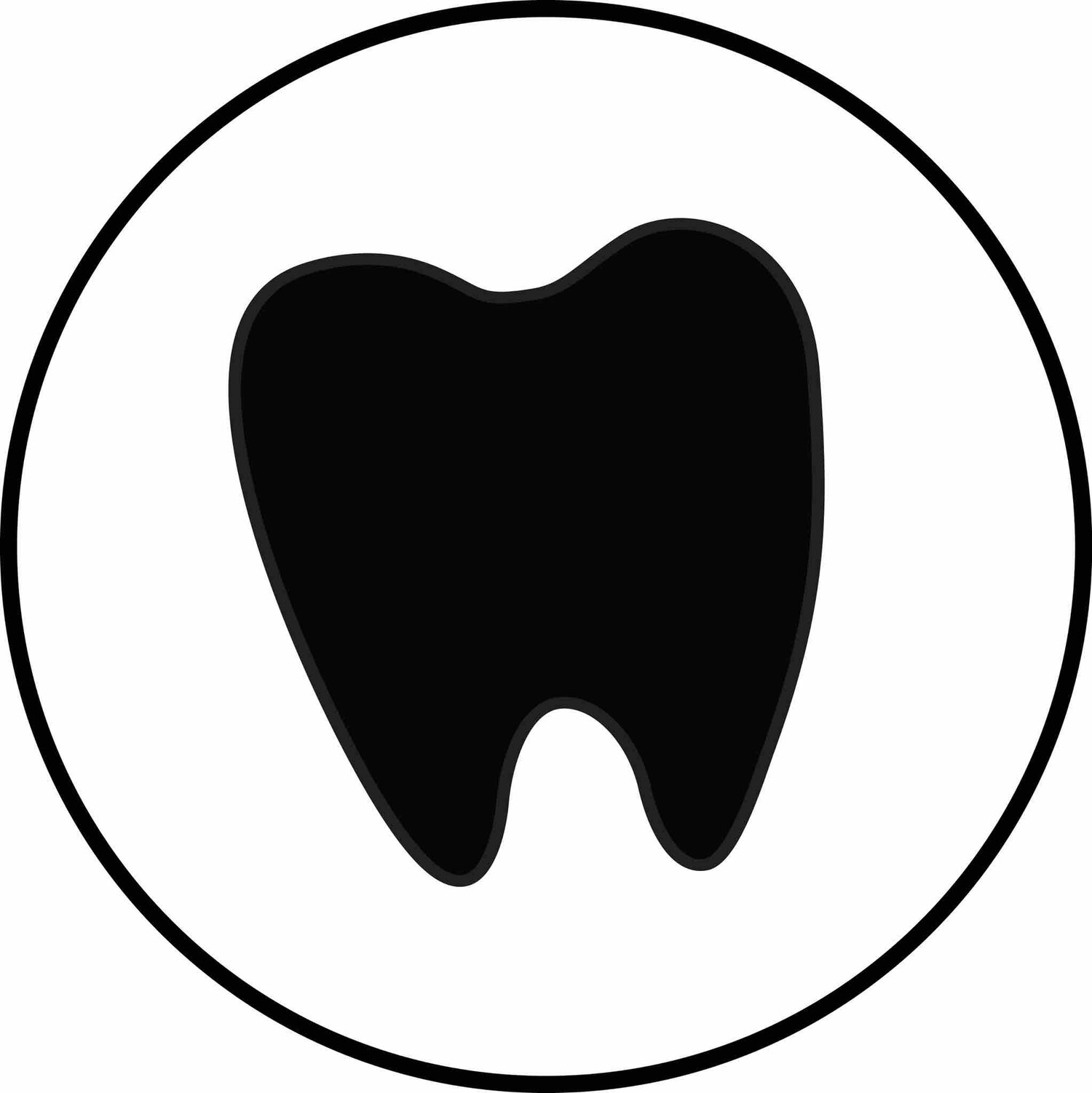Clinical Attachment Levels (CAL) in Dental Hygiene
So, I’m sure you’ve heard about or read a little bit about the newish American Academy of Periodontology (AAP) classification system. Or maybe even taken a somewhat confusing class! In this new system, AAP classifications ask us to measure and document interdental clinical attachment loss (CAL). https://www.perio.org/for-members/2017-classification-of-periodontal-and-peri-implant-diseases-and-conditions/
Well I learned how to measure CAL on the buccal and lingual surfaces, but I was unsure about “INTERPROXIMALLY" or what interdentally even meant.
Why they are recommending this? Simply put, interproximal clinical attachment loss (CAL) is more accurate than a probe depth because it is measured from the FIXED CEJ versus a changing gingival margin.
Here are a few definitions you’ll need to know when it comes to CAL:
Probe Depth: Measurement from Margin to Junctional Epithelium
Clinical Attachment Level: Measurement from CEJ to Junctional epithelium
So how does one measure interproximal CAL? Check out our VIDEO. If you need a refresher on how to measure clinical attachment loss on the buccal and linguals of teeth, definitely check out this VIDEO.
Am I measuring and documenting CAL in my practice? I am currently sticking to my trusty probe depths, but I do keep in mind how much gingiva is above the CEJ when determining my AAP classifications. If I have a 5mm pocket with no recession, that patient still may only have 1-2m interproximal CAL as there may be 3 mm of gingiva above the CEJ (5-3=2) and therefore is an AAP classification I.
A special note to consider: as technology improves , we may see a change from measuring probe depths to interproximal CAL. Hopefully these changes will make it a bit easier!


